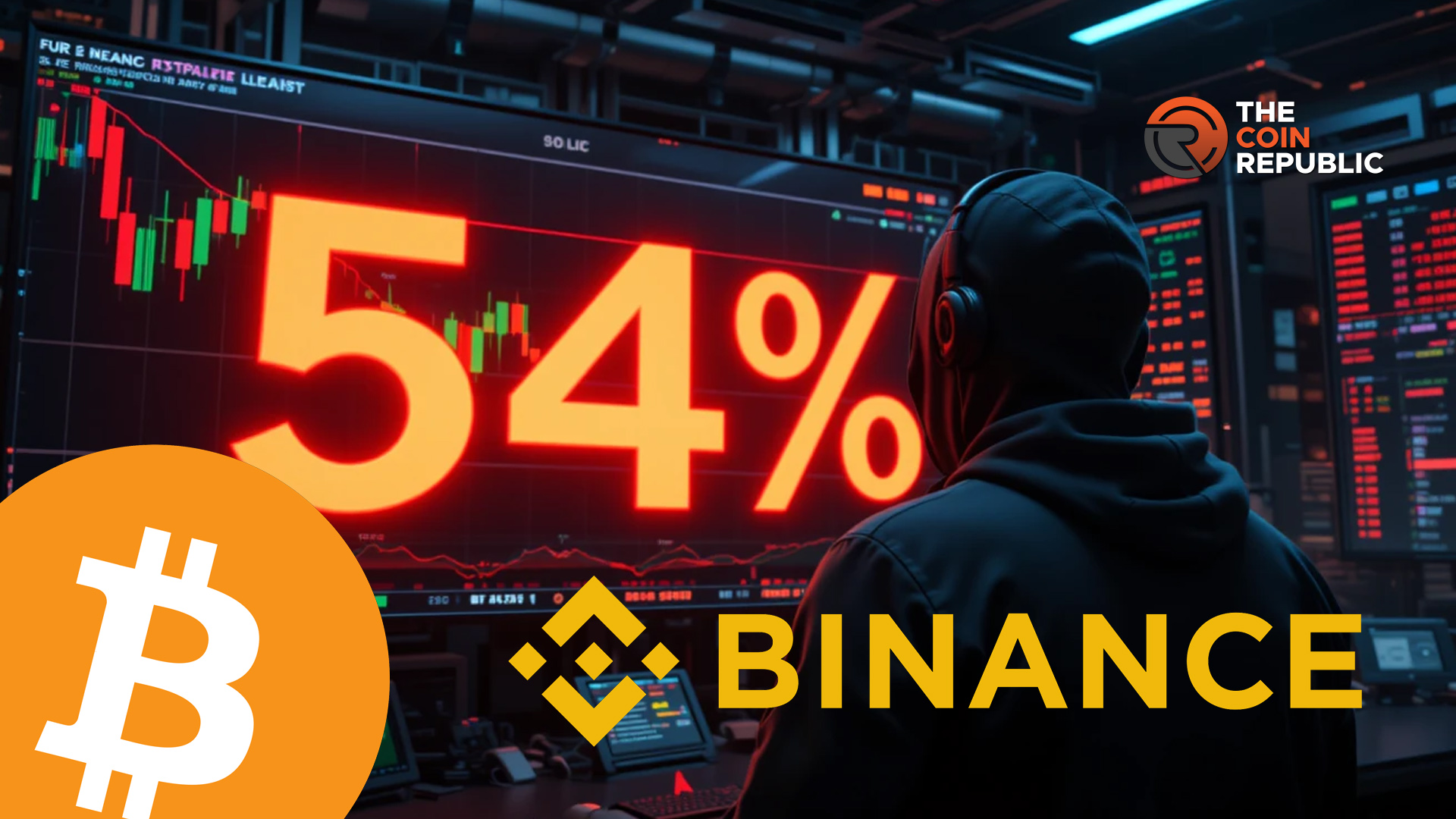Binance Futures Volume Smashes Records—What This Means for Bitcoin’s Next Move
Binance's derivatives arm just crossed a jaw-dropping volume milestone—and the crypto markets are buzzing. Is this the fuel for Bitcoin's next leg up, or just another day in the casino of leveraged speculation?
Liquidity tsunami or warning sign? The numbers don't lie: Binance Futures is eating the competition alive. Retail traders are piling in, but smart money's watching the domino effect on BTC's spot market.
Meanwhile, Wall Street's still trying to explain to clients why a 24/7 market with 100x leverage isn't 'just a fad.'

Key Insights:
- Crypto exchange giant Binance leads futures market with $2.55 trillion volume in July 2025
- Bitcoin faces low liquidity and unstable ETF demand, despite this Binance metric bump.
- Capital B boosts holdings with 62 BTC acquisition, coming off as one of the firms betting big on Bitcoin.
On-chain data shows that leading digital asset exchange Binance recorded $2.55 trillion in futures trading volume in July 2025.
As detailed, this figure is the highest since January, 2025. The growth came after sharp price changes in Bitcoin and other coins, which drew more traders back to the market.
Binance Sees Surge in Futures Trading Activity
Leading digital asset exchange Binance hit a major milestone in July, with its futures trading volume reaching $2.55 trillion.
Notably, this marked the platform’s highest monthly figure in seven months. The jump followed a period of fast price movements in bitcoin and several altcoins.
CryptoQuant data showed that Binance’s volume made up over half of all futures trading across major crypto exchanges in July.
It is important to add that by comparison, OKX saw $1.09 trillion, and Bybit recorded $929 billion in futures activity.

Similarly, the dramatic increase in trading suggested that more traders returned to the market.
Based on observation, fast price changes likely pushed traders to take positions more often, especially in the futures market.
Binance’s wide list of tradable assets and high liquidity may have also helped attract more users.
The platform remained ahead of others by a wide margin, reinforcing its lead in the crypto futures market.
While the reasons for the jump are not fully clear, the mix of market volatility and user interest appeared to play a key role.
Bitcoin Faces Pressure as Market Liquidity Falls
Even as trading volumes increased, Bitcoin struggled with falling support by the end of July.
According to CryptoQuant’s analysis, a key liquidity ratio began to drop in mid-July.
By the end of the month, the ratio had fallen to a level that showed just over three months of sellable Bitcoin on exchanges.
This suggested that there was less Bitcoin available for sale, which can sometimes push prices up.
However, that did not happen. Instead, prices dropped, showing that buying interest was not strong enough to keep the market steady.
Meanwhile, CryptoQuant also pointed to changes in ETF flows. The data showed sharp increases followed by DEEP pullbacks.
This means money moved in and out of Bitcoin ETFs at an unstable pace. This left the market with less price support from institutional buyers.
Another issue was the lack of strong buying from wallets that usually show smart accumulation.
These addresses bought slowly and in small amounts, which did not help to hold prices up.
Without strong new demand, the market turned weak and more likely to react to any sell orders.
Capital B Buys More Bitcoin Despite Market Uncertainty
In a separate move, Capital B announced that it had acquired 62 BTC for around €6.2 million.
The purchase was completed through its Luxembourg-based subsidiary on August 4. The company used funds raised through a €6.5 million bond offer to make the transaction.
This brought its total Bitcoin holdings to 2,075 BTC. Based on current market prices, the firm said the value of its Bitcoin stood at around €189.1 million, with an average buying price of €91,133 per coin.

Capital B also reported a year-to-date Bitcoin yield of 1,446.3%, and a gain of 578.5 BTC.
The company stated that the purchase was part of its plan to grow its Bitcoin holdings over time while running its Core business operations.
The company’s approach has been to increase Bitcoin exposure through regular buys rather than sudden large purchases.
More importantly, it plans to continue this model going forward. Notably, more firms with a Bitcoin strategy are emerging on a daily basis in expectations that the price of the coin will keep soaring.

